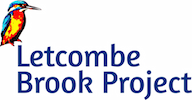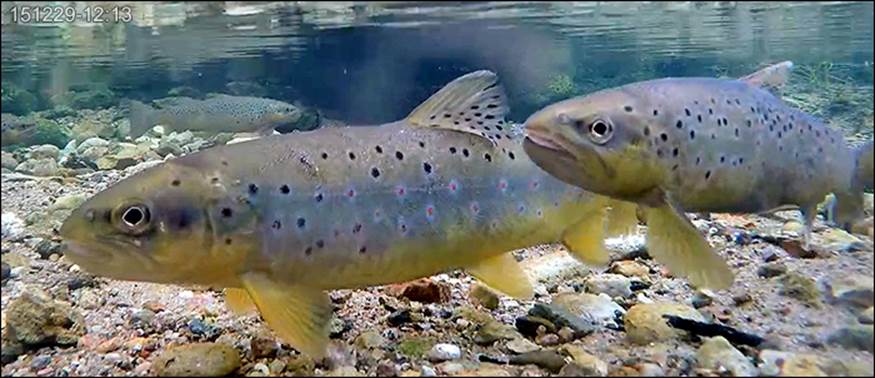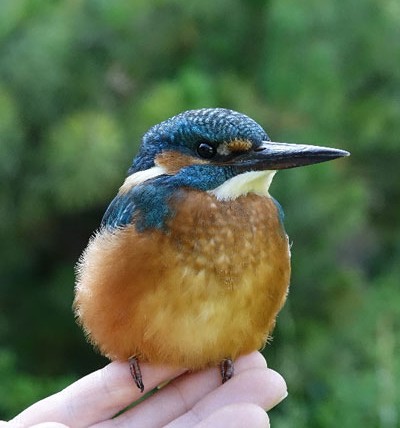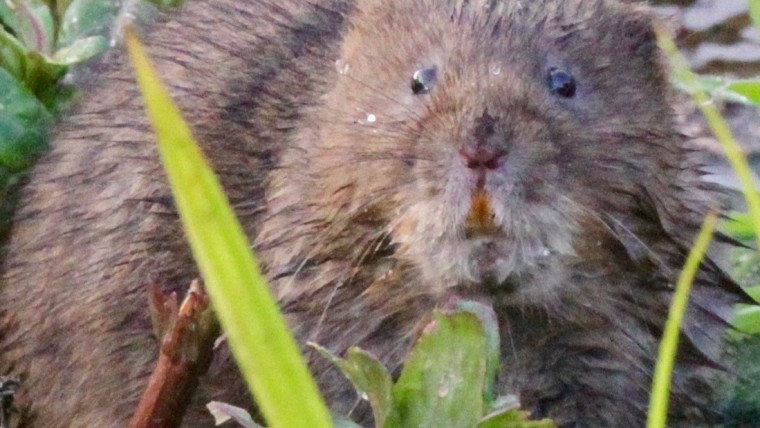Letcombe Brook looks very different now and is much more visible with all the overhanging branches now bare of leaves. It’s a good time to try spotting trout as there is less cover for them to hide in but they are still well camouflaged and it can take a few minutes to get your eye in. Good spots are the mill pool at Mill Street Wantage and the stretch alongside Betjeman Park. In Grove I can usually find one lurking just downstream of the footbridge at Mary Green. Trout spawn at this time of year so look out for reds – the spawning hollows they form in the bed of the river – let me know if you spot one, I am keen to try and work out which bits of the river are most important for the resident brown trout population. The Wild Trout Trust have some great information on spawning, follow this link https://www.wildtrout.org/content/trout-lifecycle
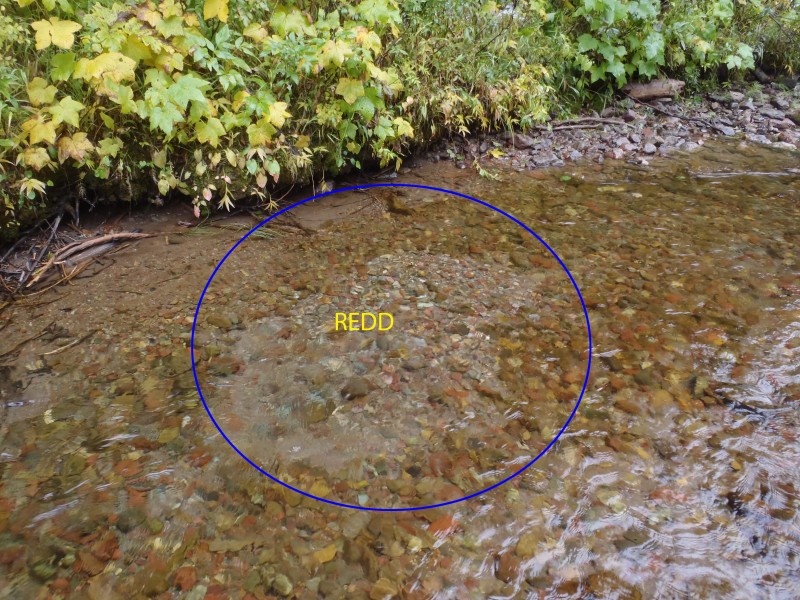
Water voles become less active at this time of year but do not hibernate so you might still spot one munching away on some sedge at the water’s edge. Unfortunately, the resident male otter was killed on the road at Grove at the end of October which was really sad. There is still definitely one otter still using the brook though and I am hopeful a new male will move in soon, fingers crossed, we are so lucky to have them in our neighbourhood!
Work parties at this time of year focus on pollarding and coppicing bankside trees to let more light into the brook – essential for the growth of aquatic and marginal plants that provide food and shelter for all the animals using the brook. The work also prolongs the life of the trees and prevent them collapsing into the water and increasing flood risk.
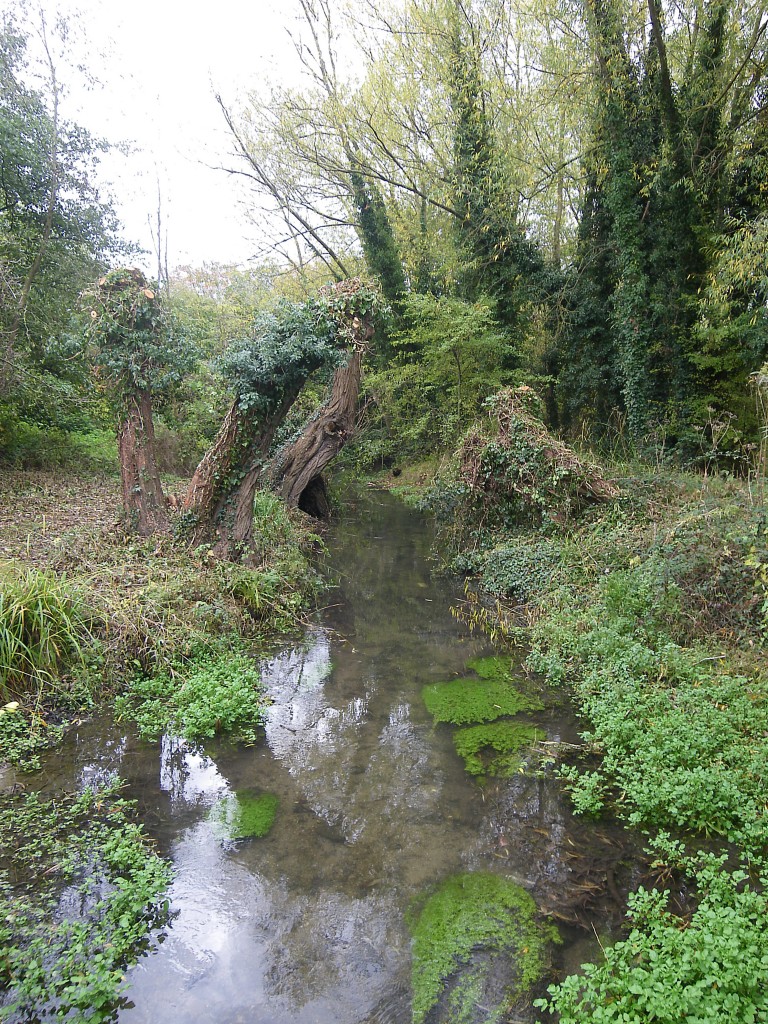
Flooding has been all over the news lately and it’s something that we all certainly need to be more mindful of. If you are lucky enough to live near a river it is worth thinking about your flood plan – there is good advice in the Flooding section of this website with links to further guidance. More focus has been put on reducing flood risk with natural measures – “slowing the flow” and storing flood water in the environment rather than just dredging everything and just sending it all downstream to flood the next town or village.
Landowners can play a huge part in this – tree planting on slopes to help the water to get down into the soil, taking measures to prevent soil erosion and keeping precious topsoil on the fields not in the river where it can add to pollution and increase flood risk. Setting low lying areas aside to act as flood storage helps reduce peak flows and is great for wildlife but we need to find a way to encourage landowners to do this. Its only right that they should be compensated in some way if it means losing productivity. Unfortunately, due to the underlying geology and lack of places where the river is connected to its floodplain there are very few opportunities for these sorts of measures on the Letcombe Brook. I am keen to talk with any landowners that feel they might be able to help with flood alleviation though and will continue to look for opportunities. The local Flood Groups also do a great job maintaining ditches, clearing obstructions, even whole trees that have collapsed into the river (well done Hanney!) all helping reduce flood risk for their neighbourhood.
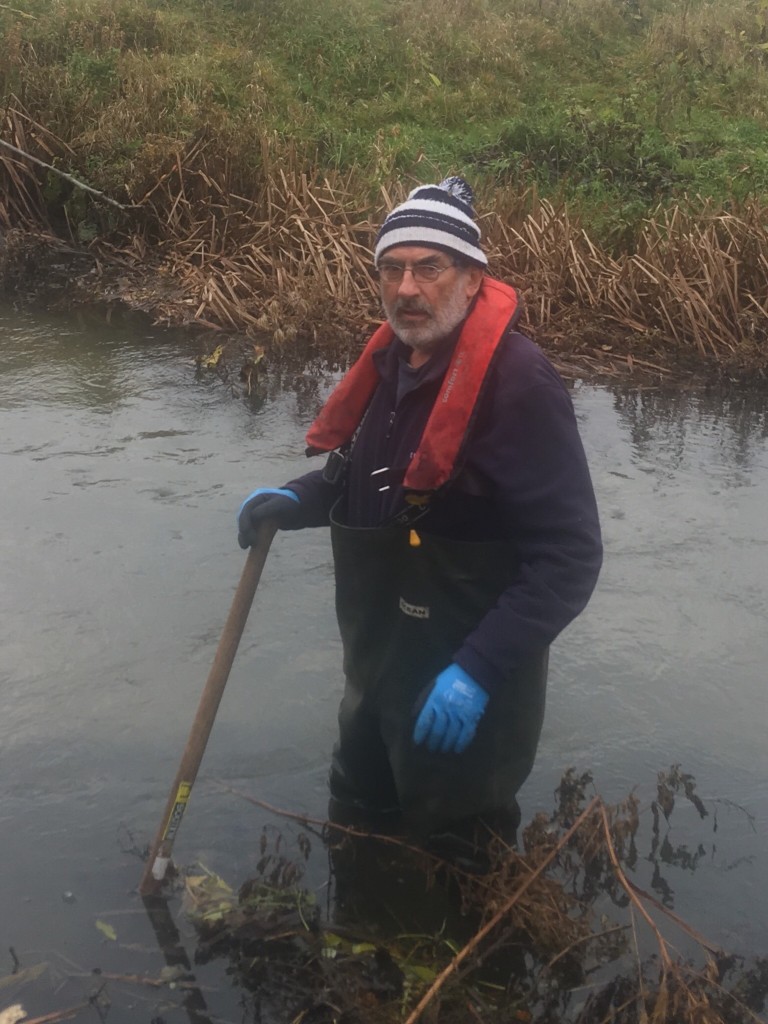
With all the extra development that has taken place in the area there is much more hard surface that water runs off fast into drains and waterway. Another measure everyone can take to help slow the flow is to make a “raingarden” which does not require much space and can make an attractive addition to your garden and help wildlife at the same time. Have a look at this great advice on making one https://www.rhs.org.uk/advice/profile?PID=1009
The weather might seem uninviting at times but it’s a great time of year to be out enjoying your local green and blue spaces. Its much easer to spot birds and mammals with less vegetation for them to hide in. Wrap up warm and get out there – you’ll feel better for that fresh air and a bit of exercise, don’t forget to let me know if you do spot any interesting wildlife!
